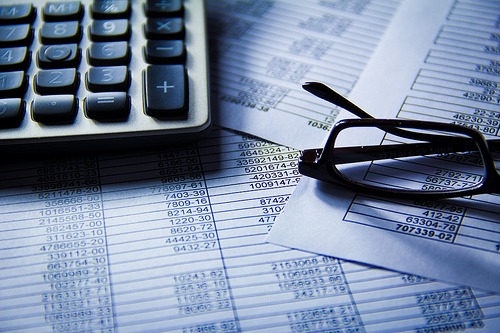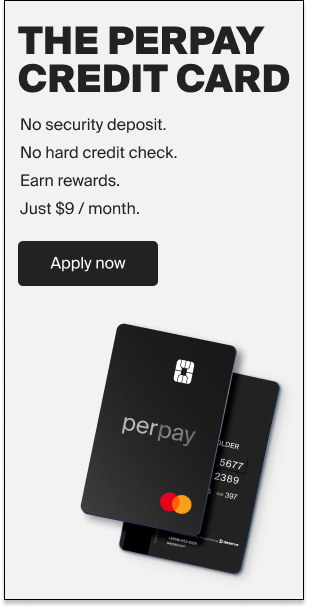Everyone knows how important a good credit rating is when the time comes to secure a loan or mortgage. However, there is more to it than just that. In addition to your credit score, credit history, job stability, income, household expenses, personal assets… an important factor is your credit utilization rate.
What Is a Credit Utilization Rate? The credit utilization rate is the percentage of debt carried against the amount of credit you have available. Say that the total amount of credit you can carry on all of your credit cards combined is $20,000 and you carry a total debt between them of $5,000 each month. The available credit amount of $20,000 is divided by the $5,000 in debt you carry, which would result in a 25% credit utilization rate.
Why Is the Utilization Rate Important to Lenders? Lenders consider the credit utilization rate as a measure of a person’s ability to manage credit responsibly. The belief is that people who use a higher percentage of their available credit have a greater chance of not being able to repay debts, making them high-risk borrowers. Studies done by credit reporting agencies have shown that people with a high utilization rate typically have a lower credit score. That is not true in every case, of course, but it is a proven trend. Most lenders are looking for a utilization rate under 30 to 35%, but 20% or lower is ideal. If you have credit available but don’t feel comfortable using it for large purchases, that’s fine. But you do need to use some credit in order to establish and maintain proof that you can manage the credit you have available.
How Do You Reduce Your Credit Utilization Rate? There are a few different ways to reduce your credit utilization rate. One way is to keep open credit accounts which have a $0 balance. Use the accounts enough to keep them active so they aren’t closed automatically by the lender. But if you have available credit you aren’t using, that will result in a lower utilization rate. The most obvious way to reduce your utilization rate is to pay down or completely pay off as much of the overall debt as possible. Now, one would think that if credit card balances were all paid in full every month, the utilization rate would be 0%. Unfortunately, that is not the case. Loan and credit card debts are reported once a month to the credit bureaus, with the amount reported being the amount that is owed on the reporting date. So, if the credit card company reports to the credit bureaus on the 15th of each month and the payment due date is the 25th, even if the balance is paid in full before the due date, the balance showing on the account on the 15th is what is to be reported. But what if you don’t have the ability to pay down the overall debt enough to meet a mortgage lender’s requirements? What if that one payment is holding you back from buying the house of your dreams?
Watch Damon DeCrescenzo of The Credit Pros explain how to reduce your credit utilization rate even if you cannot pay down your debt every month. Learn more about the Credit Utilization rate and how to optimize it:
https://www.youtube.com/watch?v=hEjXgs0-FHU



